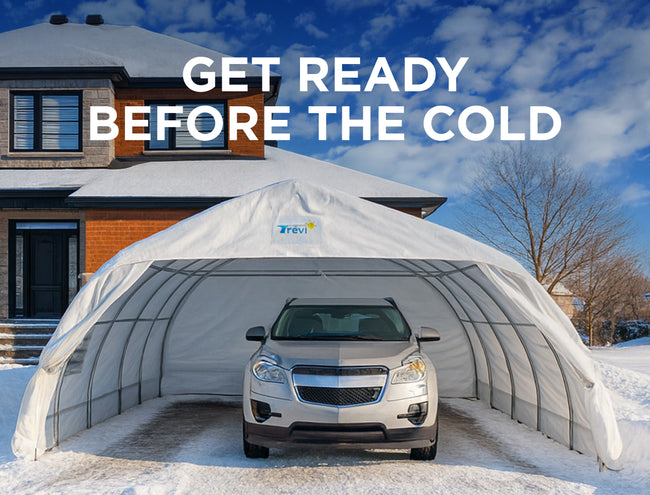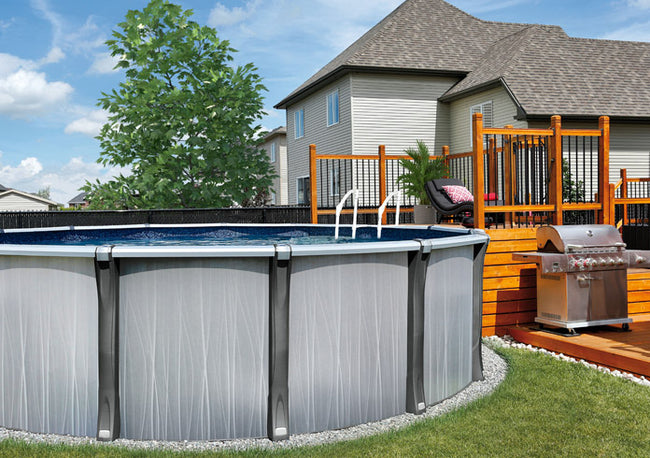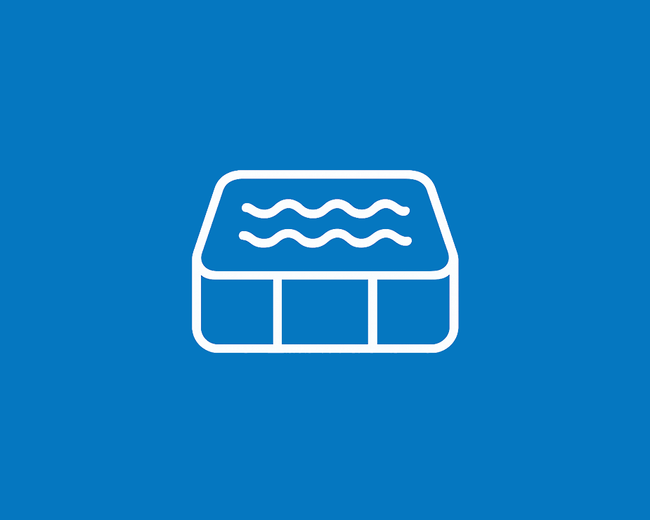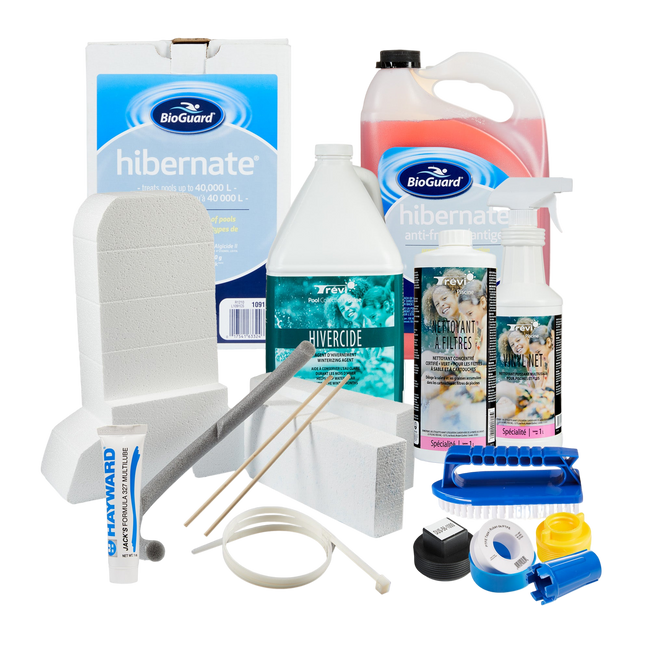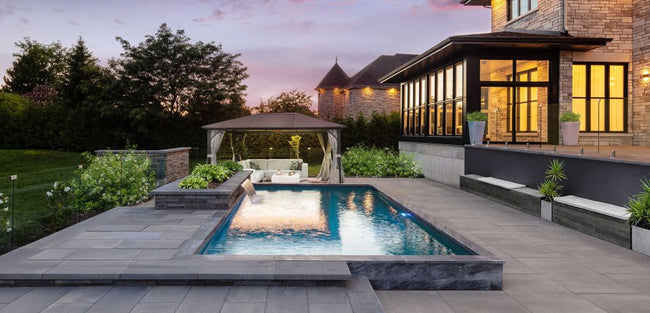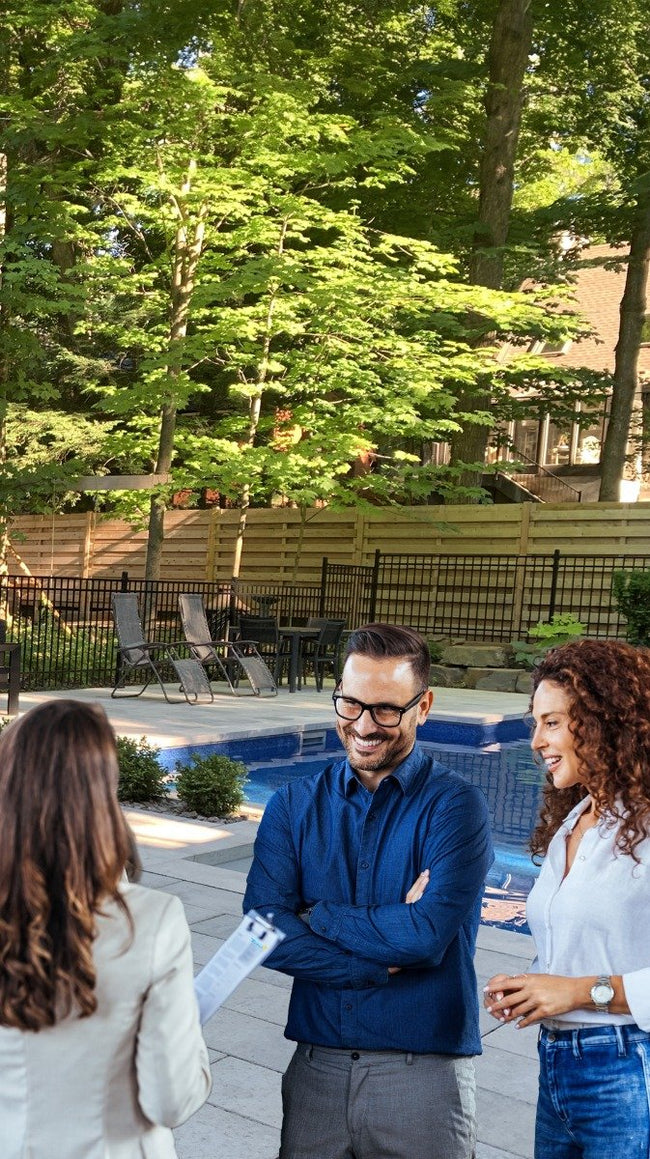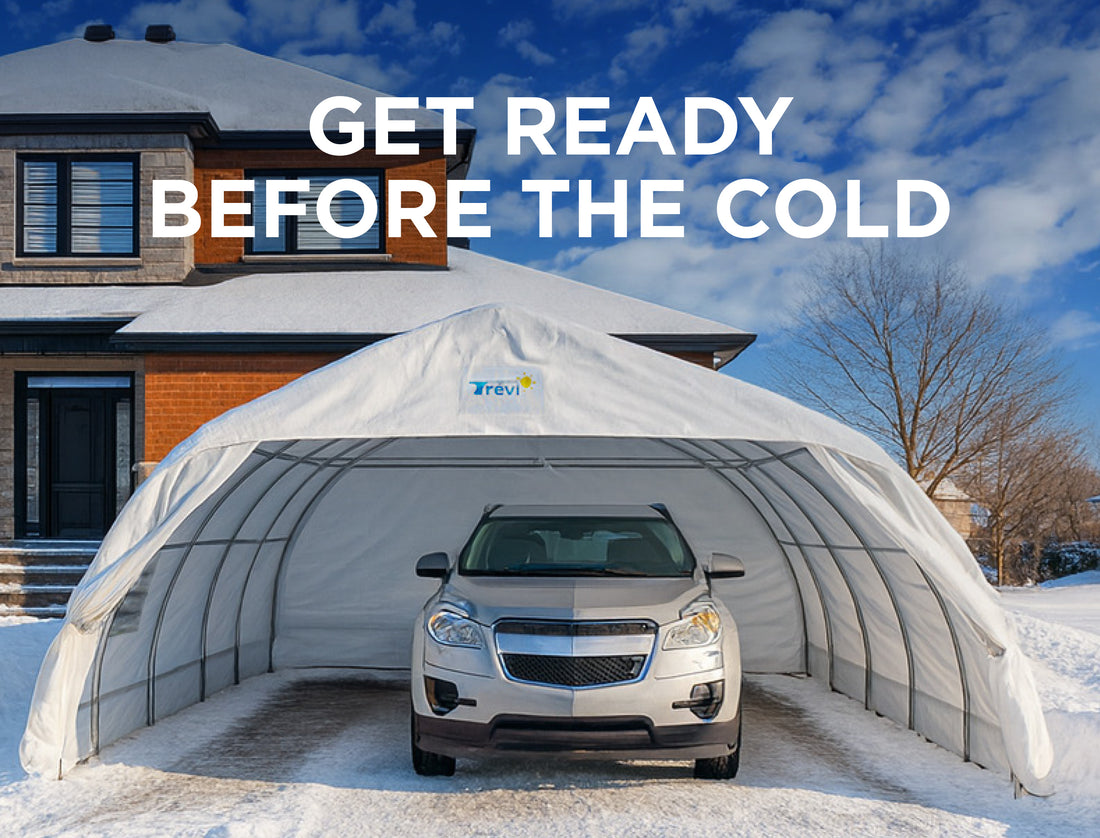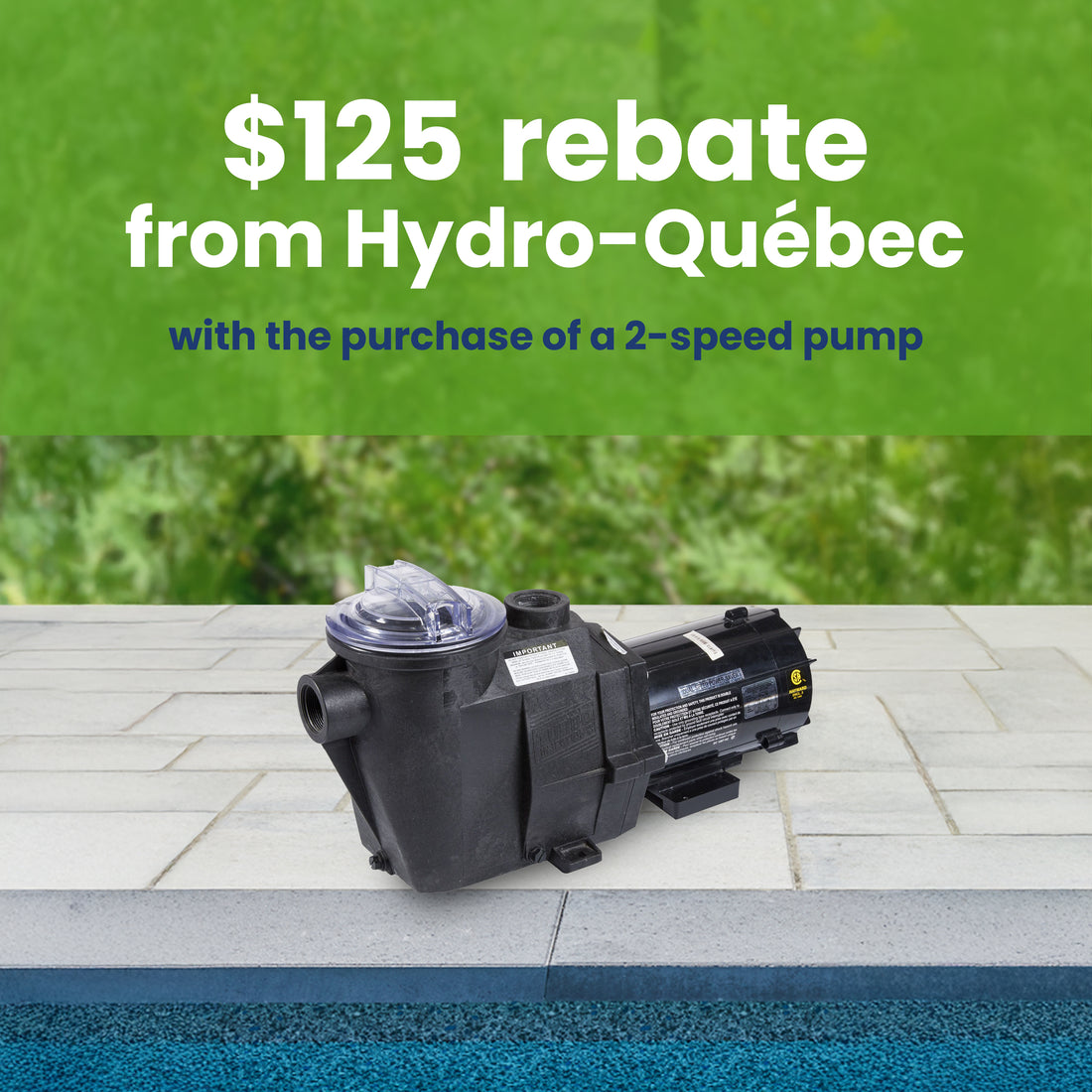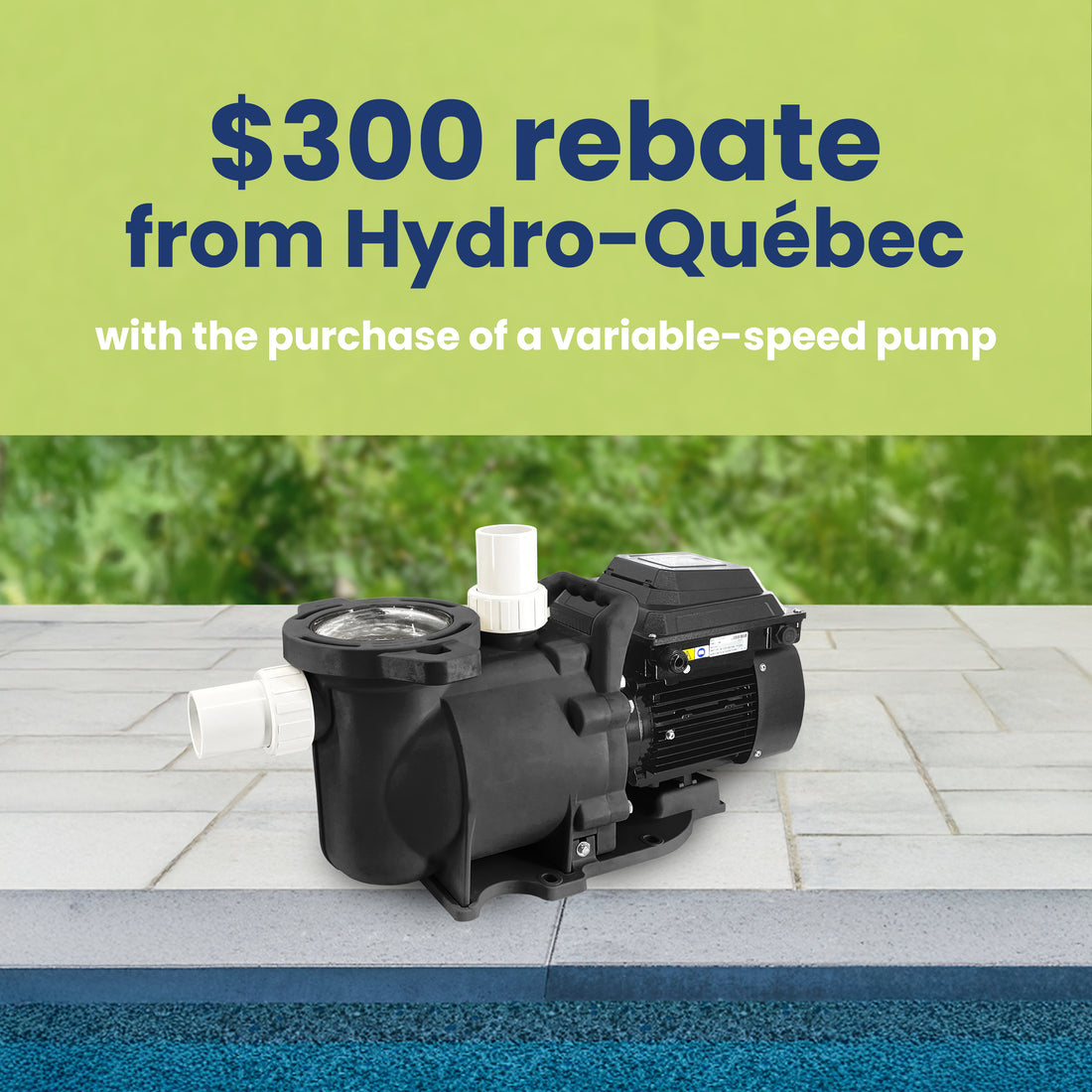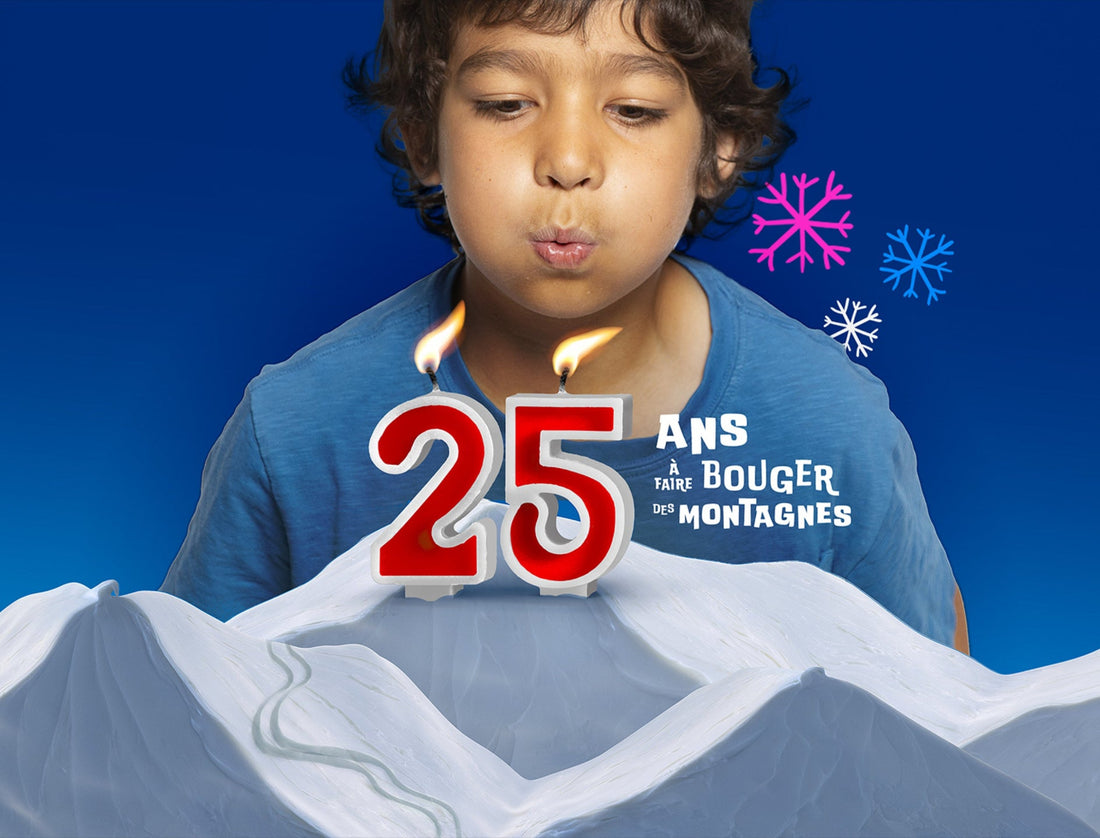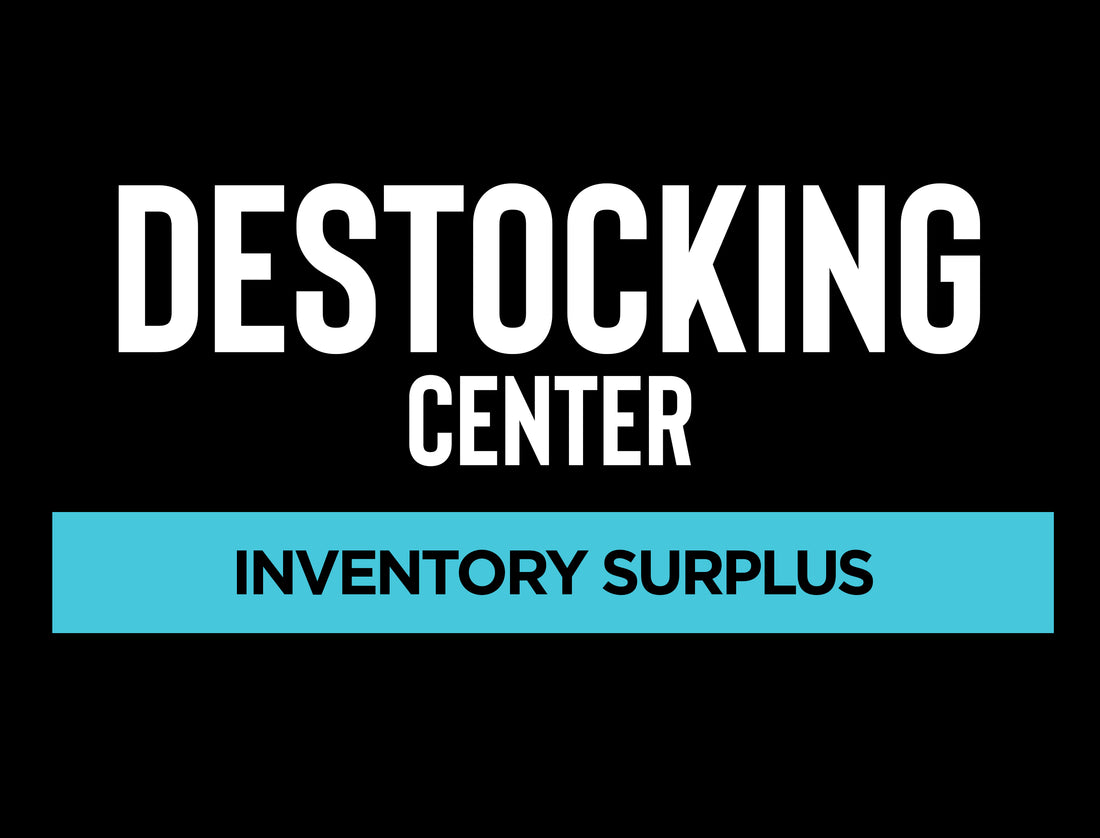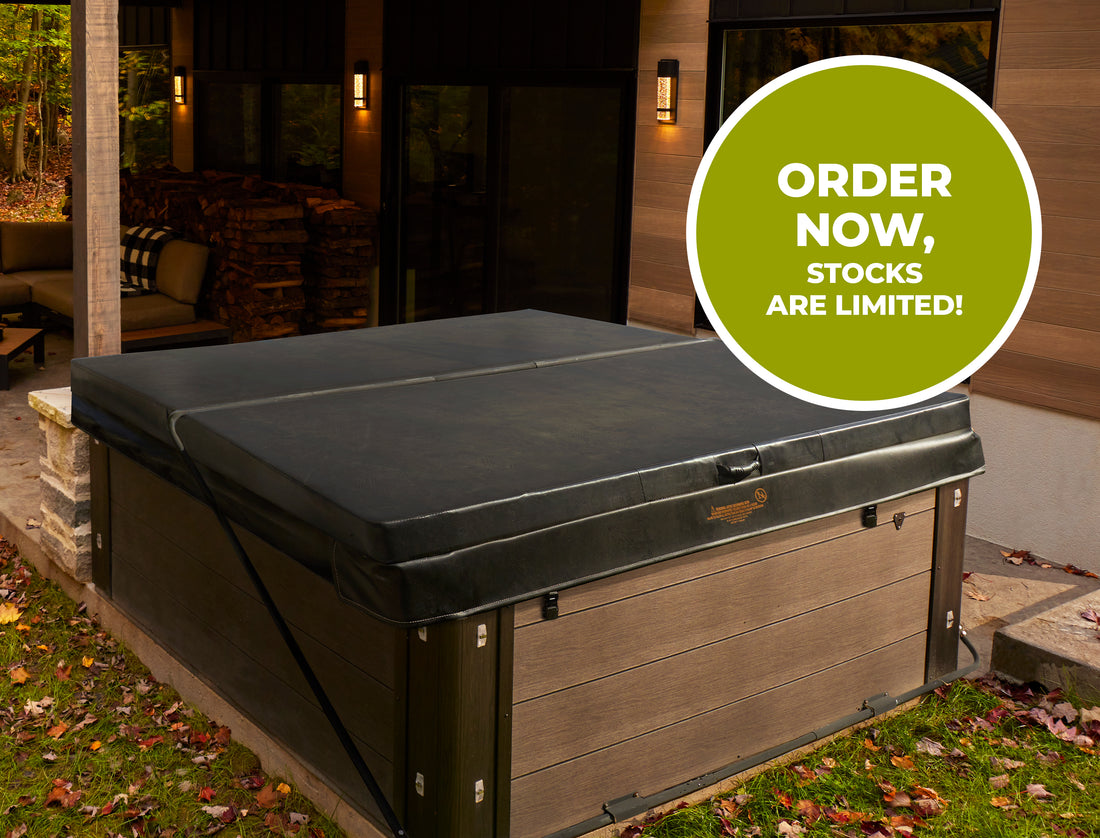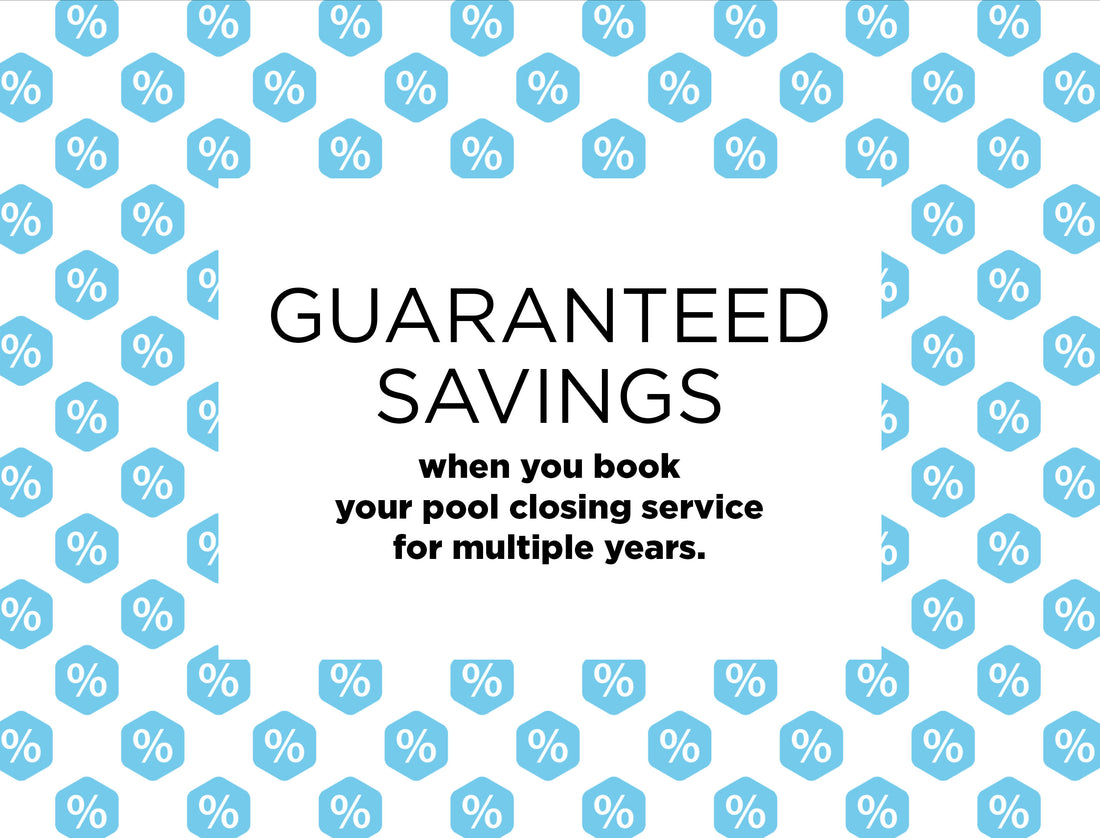Product Title
- Regular price
- $19.99
- Sale price
- $19.99
- Regular price
-
Product Title
- Regular price
- $19.99
- Sale price
- $19.99
- Regular price
-
Product Title
- Regular price
- $19.99
- Sale price
- $19.99
- Regular price
-
Product Title
- Regular price
- $19.99
- Sale price
- $19.99
- Regular price
-
Product Title
- Regular price
- $19.99
- Sale price
- $19.99
- Regular price
-
Product Title
- Regular price
- $19.99
- Sale price
- $19.99
- Regular price
-
Product Title
- Regular price
- $19.99
- Sale price
- $19.99
- Regular price
-
Product Title
- Regular price
- $19.99
- Sale price
- $19.99
- Regular price
-
Product Title
- Regular price
- $19.99
- Sale price
- $19.99
- Regular price
-
Product Title
- Regular price
- $19.99
- Sale price
- $19.99
- Regular price
-
Product Title
- Regular price
- $19.99
- Sale price
- $19.99
- Regular price
-
Product Title
- Regular price
- $19.99
- Sale price
- $19.99
- Regular price
-
Product Title
- Regular price
- $19.99
- Sale price
- $19.99
- Regular price
-
Product Title
- Regular price
- $19.99
- Sale price
- $19.99
- Regular price
-
Product Title
- Regular price
- $19.99
- Sale price
- $19.99
- Regular price
-
Product Title
- Regular price
- $19.99
- Sale price
- $19.99
- Regular price
-
Product Title
- Regular price
- $19.99
- Sale price
- $19.99
- Regular price
-
Product Title
- Regular price
- $19.99
- Sale price
- $19.99
- Regular price
-
Product Title
- Regular price
- $19.99
- Sale price
- $19.99
- Regular price
-
Product Title
- Regular price
- $19.99
- Sale price
- $19.99
- Regular price
-
Product Title
- Regular price
- $19.99
- Sale price
- $19.99
- Regular price
-
Product Title
- Regular price
- $19.99
- Sale price
- $19.99
- Regular price
-
Product Title
- Regular price
- $19.99
- Sale price
- $19.99
- Regular price
-
Product Title
- Regular price
- $19.99
- Sale price
- $19.99
- Regular price
-


